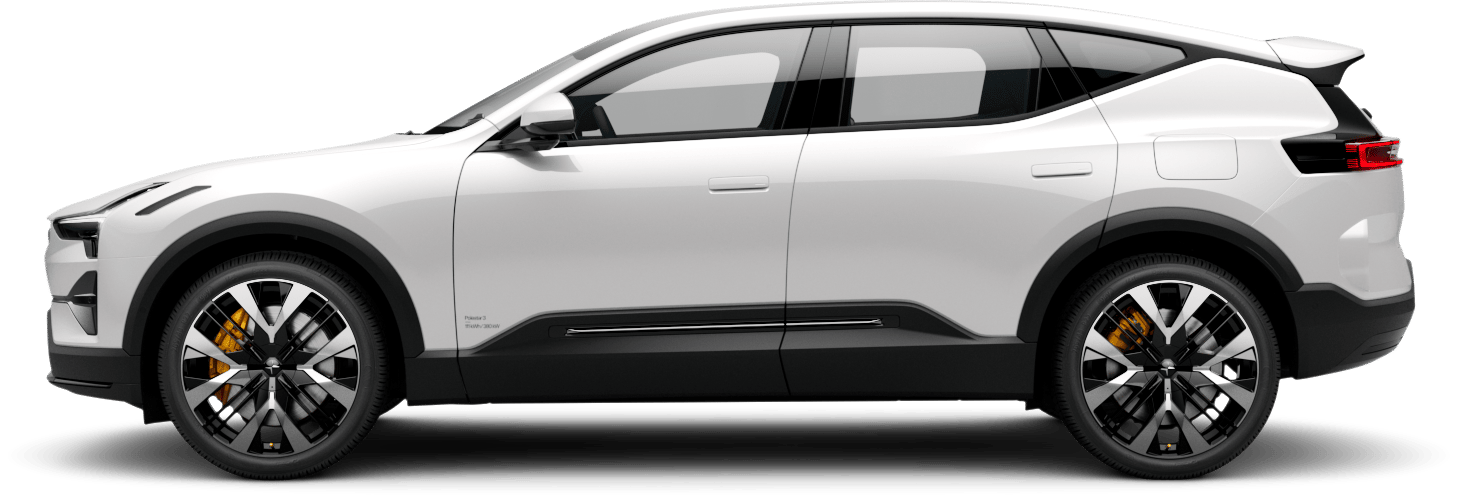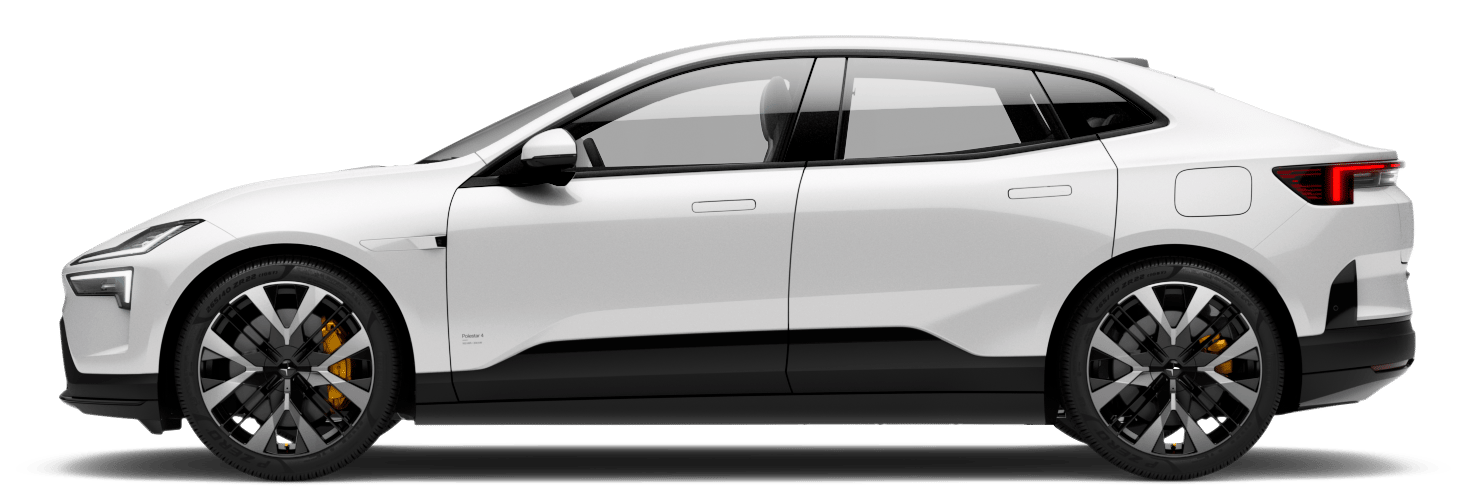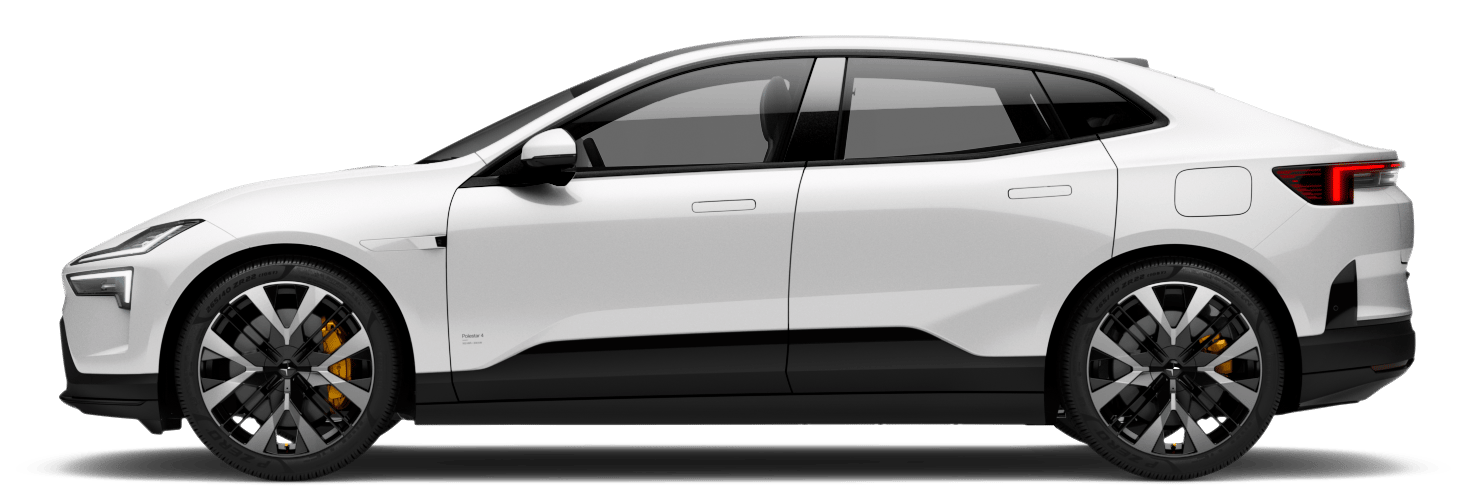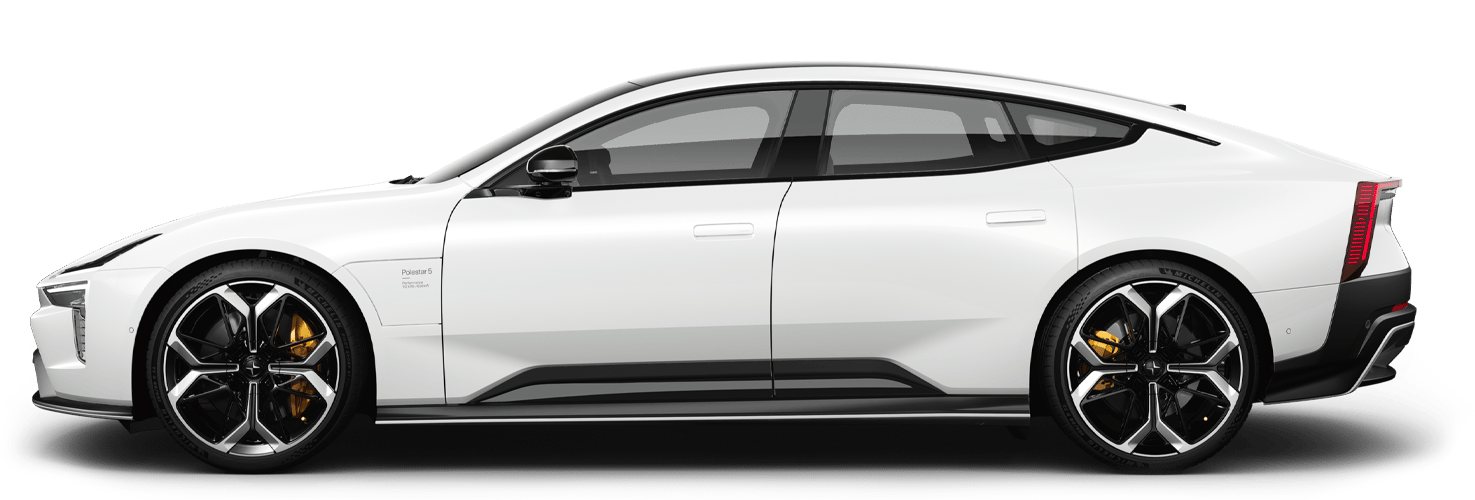Limitations for assistance at risk of collision
Limitations of brake assistance
Extra equipment
Low-hanging objects, e.g. a flag/pennant for projecting load, or accessories such as auxiliary lamps and bull bars that are higher than the car's bonnet, limit the function as they may obstruct the camera or radar unit.
Skidding
On slippery road surfaces the braking distance is extended, which may reduce the capacity of the function to avoid a collision. In such situations, the anti-lock brakes and the stability control ESC2 are designed to give the best possible braking force with maintained stability.
Low speed
The function is not activated at very low speeds - below 4 km/h (3 mph) - and the system therefore does not intervene in situations where your car is approaching a vehicle ahead very slowly, e.g. when parking.
Active driver
The driver's commands are always prioritised. In situations where the driver is steering and accelerating in a decisive manner, the function does not intervene, even if a collision is unavoidable. Active and aware driving behaviour can therefore delay a collision warning and intervention in order to minimise unnecessary warnings.
Limitations of steering assistance
- for small vehicles, such as motorcycles
- if the majority of the car has steered into the adjacent lane
- on roads/in lanes with unclear or non-existent lane markings
- outside the speed range 60-140 km/h (37-87 mph)
- as the steering servo for speed-dependent steering wheel resistance is working at reduced power – e.g. when cooling due to overheating.
- road works
- winter road conditions
- narrow roads
- poor road surface
- a very “sporty” driving style
- poor weather with reduced visibility.
In these demanding situations the function may have difficulty in helping the driver in the right way.
Important warnings
Warning
- Never wait for a warning or intervention. Apply the brakes when the situation requires.
Warning
- Automatic braking can prevent a collision or reduce collision speed, but to ensure full brake performance the driver should always depress the brake pedal – even when the car brakes automatically.
- The warning and steering assistance are only activated if there is a high risk of collision – you must therefore never wait for a collision warning or for the function to intervene.
- The function does not activate any automatic brake interventions in the event of heavy acceleration.
Warning
- Warnings and brake interventions could be implemented late or not at all if a traffic situation or external influences mean that the camera unit and radar unit cannot detect pedestrians, cyclists, large animals or vehicles correctly.
- For vehicles to be detected at night, their headlamps and rear lamp cluster must be switched on and shining clearly.
- Warnings for stationary and slow-moving vehicles, as well as large animals, could be disengaged due to darkness or poor visibility.
- Warnings and brake interventions for pedestrians and cyclists are deactivated at vehicle speeds exceeding 80 km/h (50 mph).
- The system can provide effective warnings and brake interventions as long as the relative speed is below 50 km/h (30 mph).
- For stationary or slow-moving vehicles, warnings and brake interventions are effective at vehicle speeds up to 70 km/h (43 mph).
- Speed reduction for large animals is less than 15 km/h (9 mph) and can be achieved at vehicle speeds above 70 km/h (43 mph). The warning and brake intervention for large animals is less effective at lower speeds.





